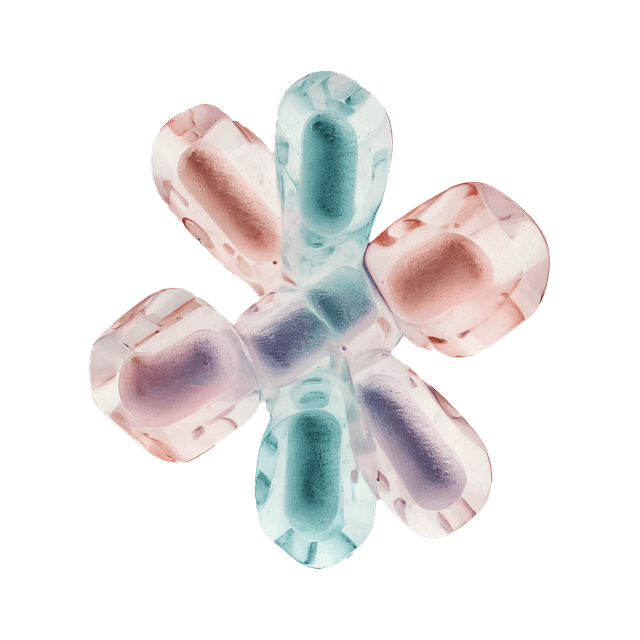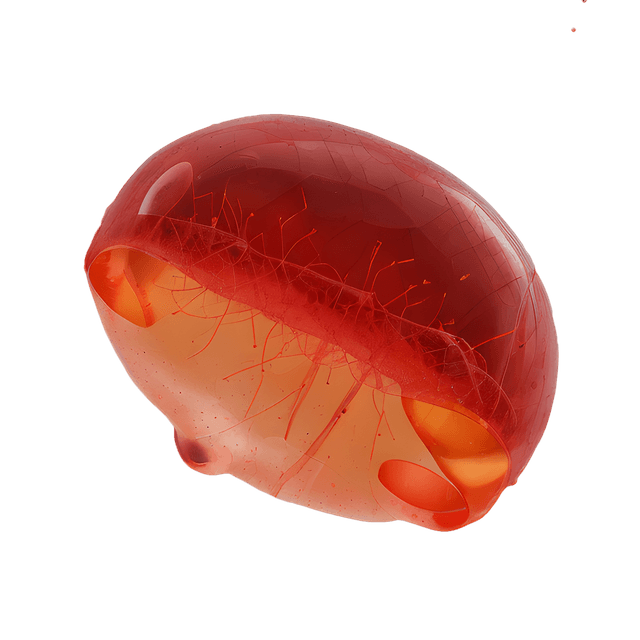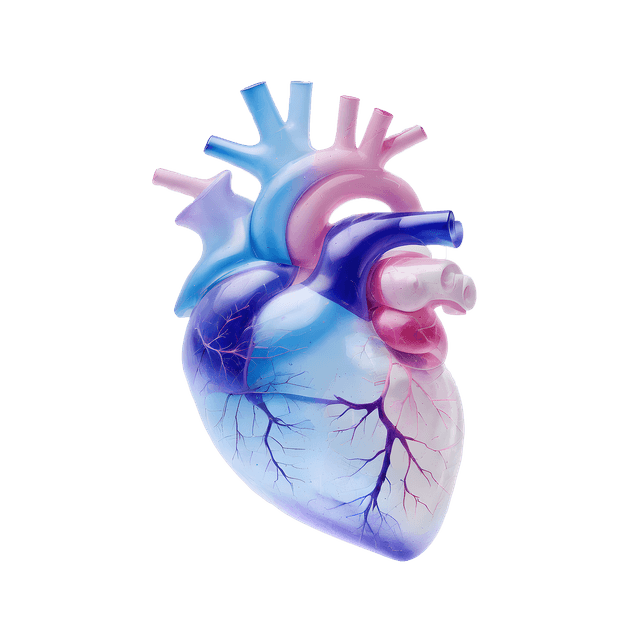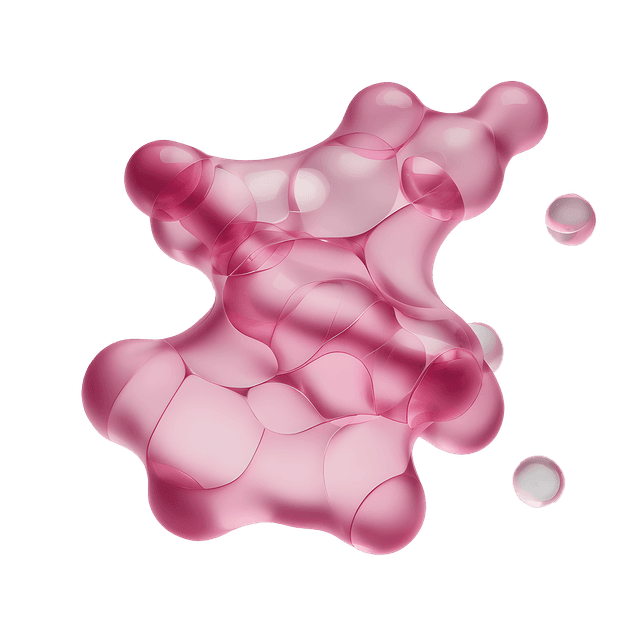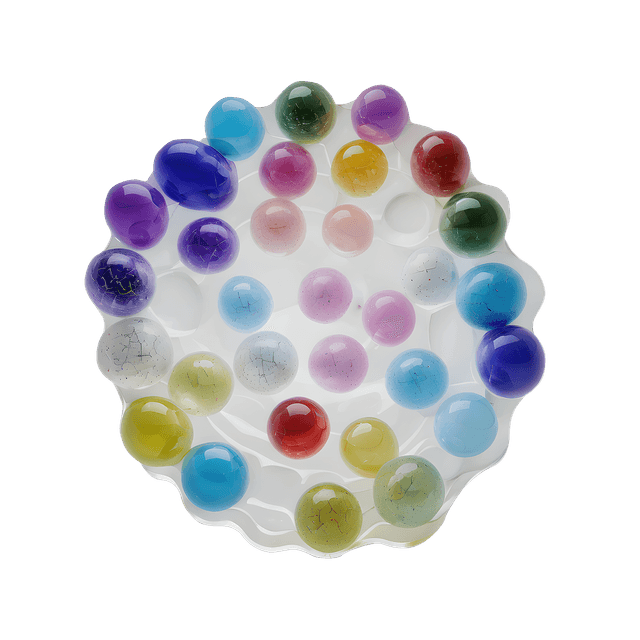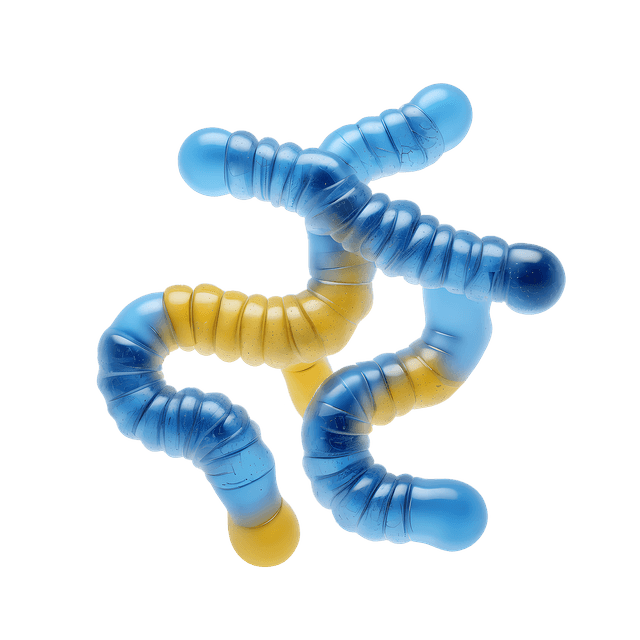With type 2 diabetes, your insulin production is not sufficient to meet your body's needs. This results in elevated blood sugar levels that can be harmful to your health in the long term. To normalize your blood sugar levels and reduce the risk of complications and other diseases, you need to make changes to your lifestyle, adjust your diet and be physically active. Different types of medication are often also required to treat type 2 diabetes. By taking responsibility for your health and working together with your healthcare team, you can effectively manage the disease and improve your quality of life.
Type 2 diabetes is now a widespread disease that affects many people. It is most common among adults and the risk of developing the disease increases with age. It was often called adult-onset diabetes. Although most people are diagnosed after the age of 40, younger adults, teenagers and children can also be affected. Type 2 diabetes is often related to being overweight or obese, unhealthy eating habits and lack of physical activity. Heredity also plays an important role as a risk factor.
Untreated or poorly treated type 2 diabetes often results in poor blood circulation, narrowing of the blood vessels and damage to the vessels. This can in turn lead to kidney damage, cardiovascular disease and vision problems.
Early signs of type 2 diabetes
The first symptoms of type 2 diabetes can be vague and are often confused with normal fatigue or stress. Common early signs are:
- Abnormal fatigue – you feel exhausted even though you sleep normally.
- Increased thirst and dry mouth – you drink more than usual but are still thirsty.
- Frequent urination – you need to urinate more often, even at night.
- Blurred vision – your vision may become blurred, especially when your blood sugar is high.
- Unexplained weight loss – you lose weight even though you are not trying.
Common symptoms of type 2 diabetes
High blood sugar over a long period of time can cause the following symptoms:
- Recurrent infections (especially urinary tract and genitals)
- Sores that heal slowly
- Itching, especially in the genital area
- Numbness or tingling in the hands and feet (neuropathy)
- Irritability or mood swings
- Bad breath (may be due to ketones)
Symptoms of type 2 diabetes in women and men
Although most of the symptoms can occur the same in both sexes, there are some gender-specific differences in how diabetes can be experienced:
Women:- Women are more prone to yeast infections
- Women may have problems with fertility or menstrual disorders
- Women may experience vaginal dryness and decreased sex drive
- Men may have erection problems
- Men may experience reduced sex drive
- Fatigue and weakness
Do you have several of these symptoms? Then it may be a good idea to test your blood sugar.
- You are constantly tired
- You are often thirsty
- You urinate more often than before
- You have lost weight without trying
- Your vision is sometimes blurry
- You often get infections or have wounds that do not heal
- You have tingling or numbness in your feet and hands
If you recognize yourself in several of these signs, it may be wise to test your blood sugar.
When should you test yourself for diabetes?
Here are six factors that give reason to test yourself for diabetes:
- Have several of the above symptoms
- If there is diabetes in family
- If you are overweight or obese
- If you are over 45 years old
- If you have high blood pressure or high blood fats
- If you have had gestational diabetes
You can easily do a blood test that measures test your blood sugar and long-term blood sugar (HbA1c) at our Test Clinic.
Frequently asked questions about symptoms of type 2 diabetes
How do I know if I have type 2 diabetes?
If you are constantly tired, urinate frequently, are thirsty and are losing weight for no reason, you should test your blood sugar.
Can you have diabetes without knowing it?
Yes, type 2 diabetes can develop slowly and cause diffuse symptoms. Many people therefore first discover the disease during a routine check-up.
What is the difference between type 1 and type 2 diabetes in symptoms?
Type 1 diabetes often comes on suddenly and causes faster and stronger symptoms. Type 2 develops slowly over time.
What are the most common symptoms in women?
In addition to fatigue, thirst and urination, women can get recurrent fungal infections and dry mucous membranes.
Can fatigue be caused by diabetes?
Yes, fatigue is a very common sign of both newly onset and long-standing diabetes.
There are different ways to normalize blood sugar levels. In some cases, changing your diet and being more physically active may be enough if you have a normal weight. Sometimes the body can cope with lower insulin production, and physical activity reduces the risk of insulin resistance. However, for most people with type 2 diabetes, in addition to lifestyle changes, drug treatment is also required to maintain healthy blood sugar levels.


